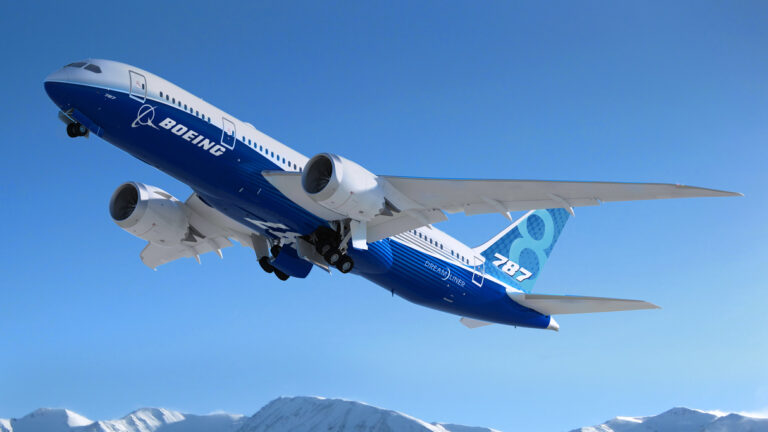
Boeing’s latest forecast reveals an ambitious outlook for the aviation market in India and South Asia, predicting a four-fold expansion of the region’s airline fleet over the next 20 years. As one of the fastest-growing aviation hubs, India and its neighboring countries are set to become key players in the global air travel industry, with both passenger and freight demand expected to surge dramatically.
India’s air travel market has been experiencing exponential growth due to a rapidly expanding middle class, increased urbanization, and rising disposable incomes. The country has already become one of the largest aviation markets in the world, and it is expected to continue growing at an impressive rate. By 2044, Boeing estimates that India’s commercial fleet will increase by over 1,400 aircraft, from the current fleet size of around 600.
As more people in India and the surrounding South Asian countries opt for air travel, airlines are looking to bolster their fleets to meet the demand. Domestic air travel is becoming increasingly popular, with travelers opting for faster and more efficient air routes rather than long-distance road or rail journeys. This trend is expected to fuel the demand for both narrow-body and wide-body aircraft.
The broader South Asian region, including countries such as Bangladesh, Sri Lanka, Pakistan, and Nepal, is also expected to see significant growth in air travel. As emerging economies in the region develop and improve infrastructure, the need for air connectivity will become even more critical. South Asia is strategically positioned to serve as a key transit hub between the Middle East, Southeast Asia, and the Pacific, further driving the region’s aviation market expansion.
Boeing’s forecast outlines that the region’s airlines will require a mix of new aircraft types, including single-aisle and twin-aisle jets, to meet the anticipated demand. Boeing’s 737 and 787 families are expected to play a central role in this growth, with demand for fuel-efficient aircraft rising as airlines seek to operate more sustainable and cost-effective services.
The U.S.-based aircraft manufacturer has been actively working with regional airlines to support their growth plans, including facilitating the transition to more eco-friendly aircraft. As the world increasingly focuses on reducing carbon emissions, Boeing’s new-generation aircraft like the 787 Dreamliner, which offers greater fuel efficiency and reduced environmental impact, will be crucial in helping airlines meet both demand and sustainability goals.
This rapid expansion will bring about several challenges and opportunities for both Boeing and the airline industry in India and South Asia. In order to meet the demand for pilots, technicians, and other aviation professionals, there will likely be a push to develop training and educational programs tailored to the specific needs of the region. Additionally, airports will need to ramp up their infrastructure to handle the influx of new aircraft and travelers.
The influx of new aircraft will also lead to a surge in cargo demand, as the region becomes a key player in global logistics networks. The rise in freight volume is expected to lead to further investments in air cargo infrastructure, providing another avenue for growth in the region.
Boeing’s forecast for the fleet expansion in India and South Asia reflects the dynamic potential of these markets as they become central to the global aviation industry. As airlines expand and modernize their fleets, regional aviation players will have significant opportunities to enhance connectivity, improve efficiency, and drive economic growth.
By 2044, the burgeoning air travel demand in India and South Asia is expected to shape the global aviation landscape, making it one of the most vital and influential markets in the world. As Boeing continues to work with airlines to meet these demands, the future of air travel in this region is poised for unprecedented growth.
In conclusion, Boeing’s prediction not only highlights the growing importance of India and South Asia in the global aviation sector but also emphasizes the need for strategic investments in aircraft, infrastructure, and human capital to support this explosive growth.

